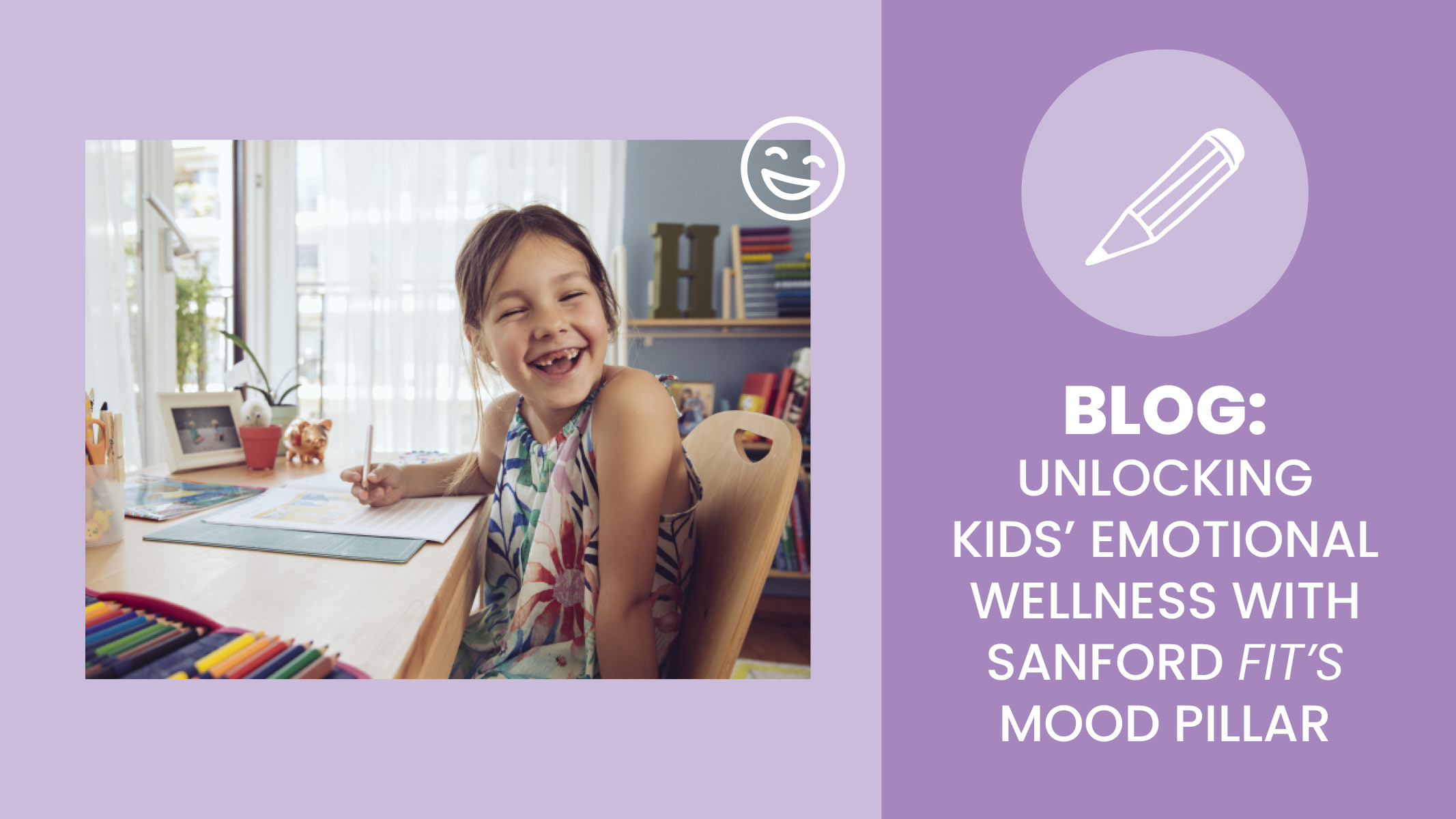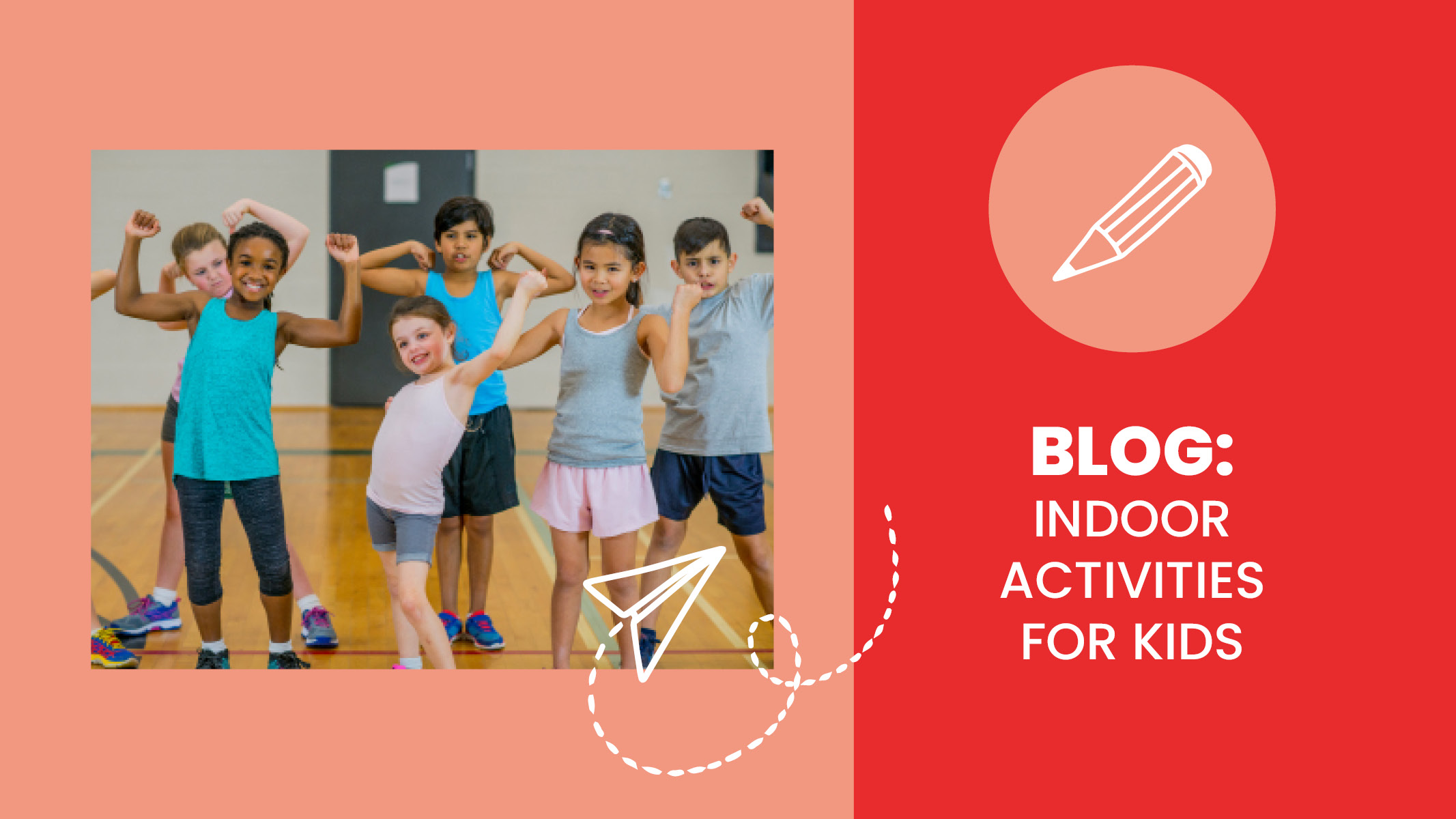Feelings and emotions put us in a mood and our mood influences the choices we make throughout the day. This is true for everyone, but especially for kids. Sanford fit’s Mood pillar helps kids recognize the connection between their mood and motivation to make those healthy choices. Kids can recognize this connection by:
- Identifying feelings and emotions
- Practicing healthy coping strategies
- Recognizing when they need help and learning how to ask for help
Together, these three actions help kids understand their mood and express how they’re feeling at any given time. When kids are young, being able to name how they’re feeling helps them decrease unpleasant behaviors like outbursts, and instead, kids can practice healthier habits like positive coping strategies. Teaching these skills while kids are young empowers them to continuously articulate their feelings and emotions as they age which can have positive impacts on their overall well-being including healthier relationships and social life.
Part of overall well-being includes decision-making. Any emotions a child feels will impact their mood which will affect the decisions and choices they make. For example, if a child is feeling frustrated, they may not have the energy or positive mindset to try a new food at dinnertime. Or, if a child is feeling calm, they may be more likely to stick to their bedtime routine.
Helping children recognize their mood may sound like a great goal, but how do you know where to start? To help, we’ve put together a list of free fit resources that you can use with kids anytime, anywhere to help them recognize their mood, identify their feelings, and practice healthy coping strategies.
- Relax with Dakota: A Mindful Meditation for Kids: This follow-along guided relaxation video will allow kids to practice meditation and mindfulness at any time or when they need a calming moment.
- Breathing Techniques to Inspire Mindfulness in Kids: This article helps you and your kids discover different kinds of breathing and how deep breathing can help kids become mindful of their choices.
- My Keep Cool Cards: Printable Coping Strategy Cards for Kids: These dual-language cards help kids cope with their feelings and emotions in a healthy way.
Remember that developing these skills will take practice, but starting young will ultimately help kids become successful socially and even academically. Do your best to be a positive role model and practice these techniques yourself, too. To learn more about using fit’s Mood pillar in the classroom, check out this article, or check out more ways to encourage emotional development in kids here.
Ready for More? You May Also Like:
Understanding Stress and Anxiety: Activities for Teens
Chit Chat Cards: Cards Created for Connection
Cheat Sheet for Caregivers: Coping with BIG Feelings and Anxiety


